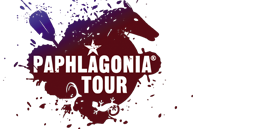
Severity: Warning
Message: fopen(/tmp/ci_sessionqkt10ofd94iboaajjudugr3umh0s6nds): failed to open stream: No space left on device
Filename: drivers/Session_files_driver.php
Line Number: 176
Backtrace:
File: /var/www/vhosts/paphlagoniatour.com/public_html/index.php
Line: 315
Function: require_once
Severity: Warning
Message: session_start(): Failed to read session data: user (path: /tmp)
Filename: Session/Session.php
Line Number: 143
Backtrace:
File: /var/www/vhosts/paphlagoniatour.com/public_html/index.php
Line: 315
Function: require_once
